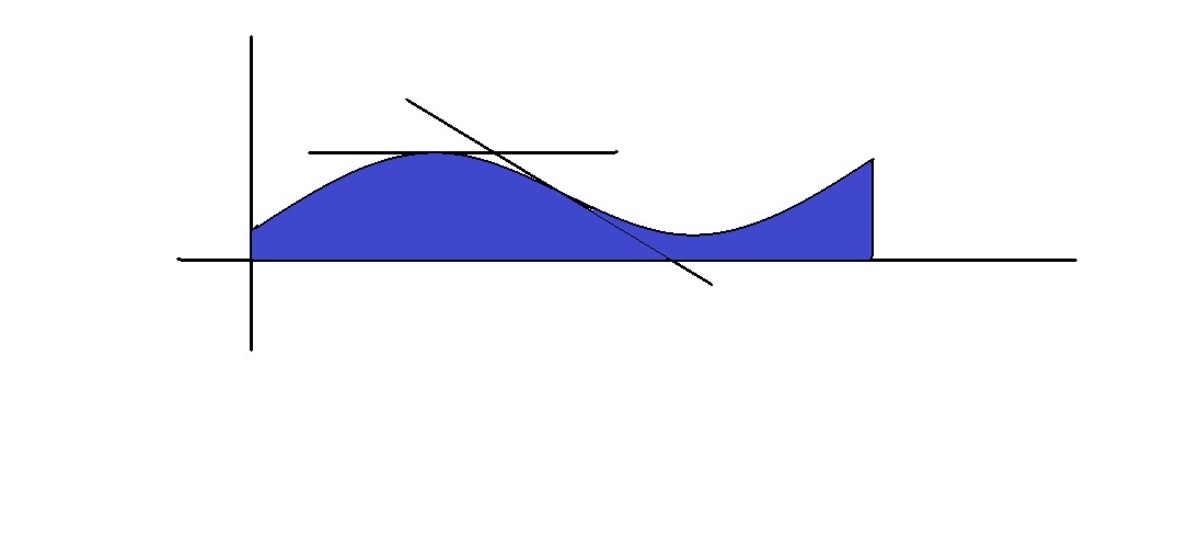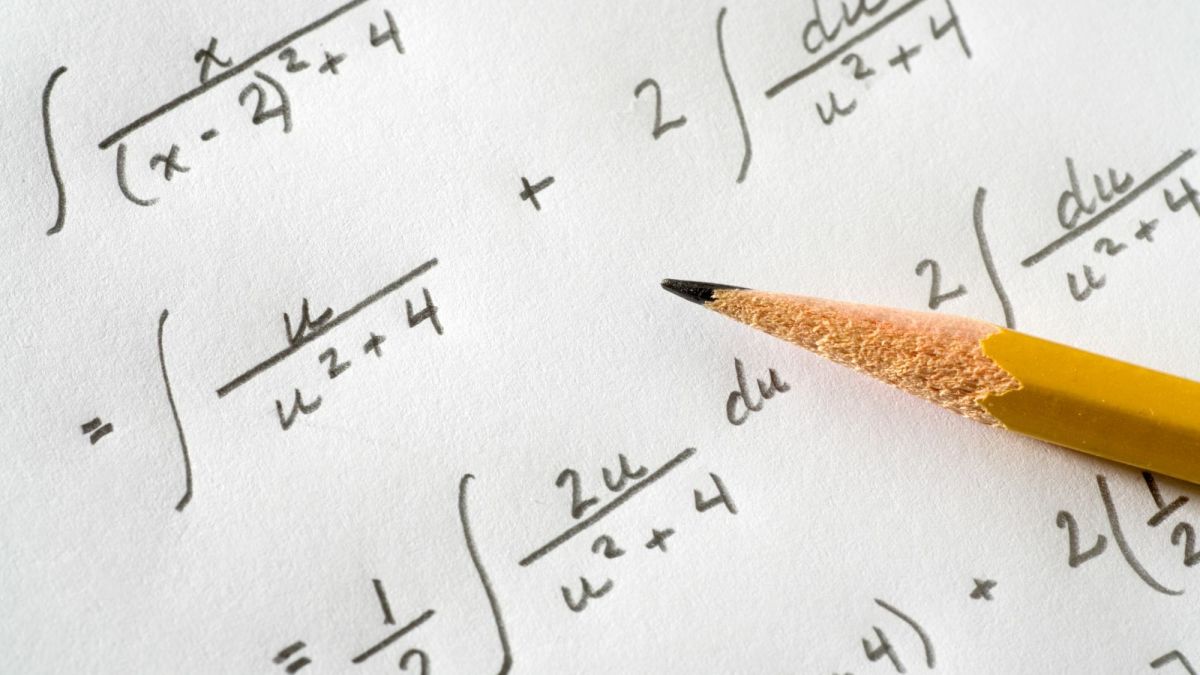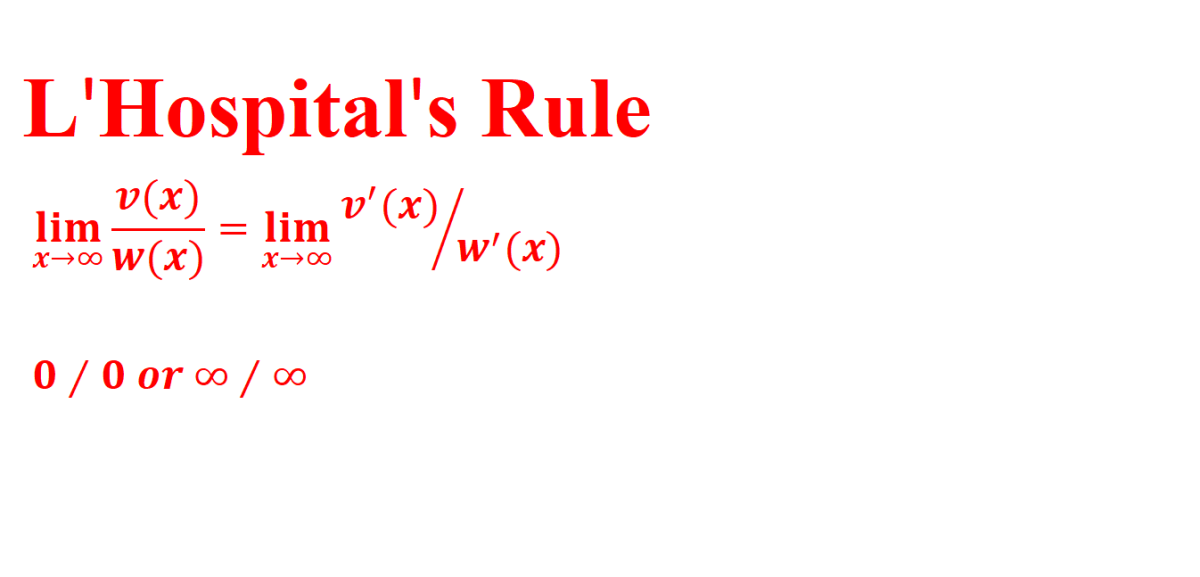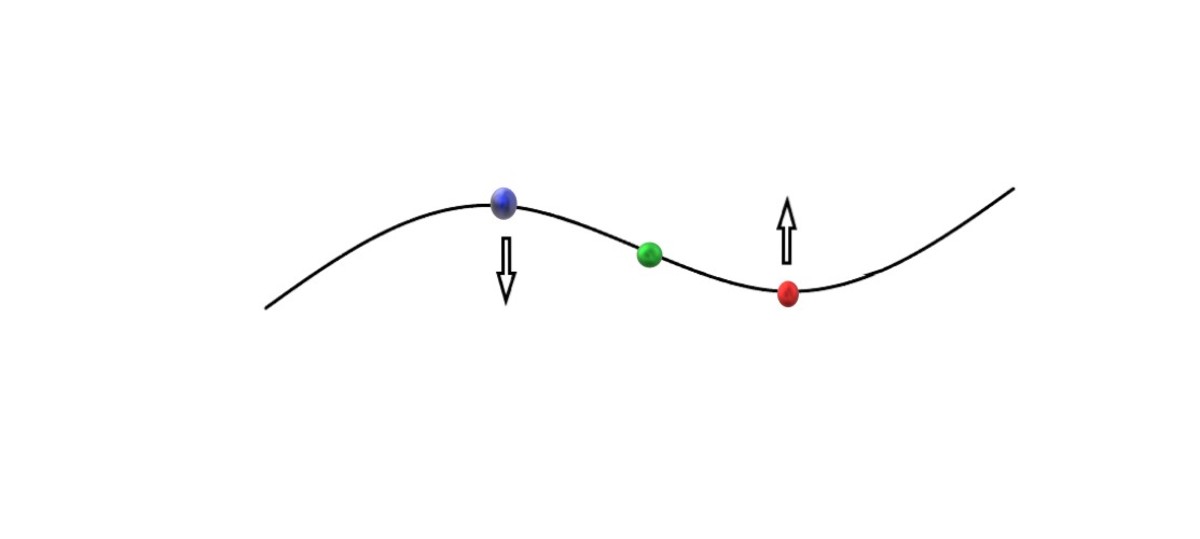How To Pass Calculus 2

Finding the Area of The Shaded Region Revolved Around the x axis.
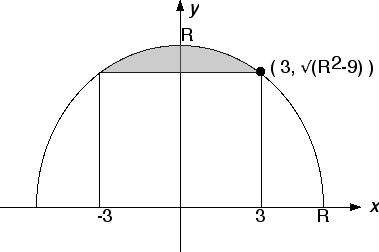
About Calculus 2
Calculus 2 is hard. Calculus 2 will require a lot of studying if you want a decent grade, but hopefully this article will help you learn how to pass calculus 2. In calculus 1, we learned about limits, differentiation, integration, and applications of limits, derivatives, and integrals. In calculus 2, the first thing you will learn is differential equations. A differential equation is an equation that involves x and y, and a derivative of y. This part is not that hard. You will see questions like "determine whether the function is a solution if the differential equation y^(4th derivative)-16y = 0. The function is y = 3cosx. All you have to do is take replace y with 3cosx in the equation, take any derivatives you need, and see if it equals 0. After that, you will start learning some crazy applications of differentiation. You will have to do things like in the picture to the right. You will have to first set up the problem by graphing it, and then use of one of many complex formulas that applies to the problem. Then the class changes again, as you start to learn more complicated ways of integrating. You will learn trigonometric integrals, trigonometric substitution, a method of separating a fraction called partial fractions, and even converting the integral to a limit to solve. Then the class switches gears again, as you learn about something you never saw before in calculus: sequences and series. That starts out easy, like the "which number comes next in the pattern" things you did in elementary school. But it quickly gets harder as you have to take limits of sequences, use the squeeze theorem, use sigma notation, and learn many different ways to find is a series converges, or adds up to something. There are a lot of complex rules for that, so you will need to do a lot of memorizing. Then you learn different ways to create a series yourself. Then class changes again, as you start learning about conics, parametric equations, and polar coordinates. There is a lot of switching quickly between topics, so you need to be prepared.
How Long You Should Study
You should study for about 10 hours for each test, depending on how fast you learn. Don't try to cram in 10 hours in a row. Study for 1 or 2 hours at a time, and then review the material again later, so you can memorize it. You have to see things a few different times before you can memorize them well. It's not like other classes, where you study for 30 minutes and get an A. You can't fake your way through this class. You need to actually understand the topics. The difficulty of this class can change, depending on your teacher. My calculus 1 teacher let us use the textbook on the tests, including the final exam. My calculus 2 teacher didn't let us use anything, except a scientific calculator(the cheap kind that can't do anything). So if your teacher lets you use notes or anything on the test, that should help a lot. If not, you better memorize every single formula and way to solve problems in the textbook.
How Many People Survive?
My class started with about 20 people. It ended with 6. So about 14 of the 20 people dropped out before the class ended. And I don't know how many of the remaining people actually passed. These were smart people, too. Dumb guys don't just sign up for calculus 2. People who want to be engineers sign up for calculus 2. When I came into the class, I was a straight A student. On the first test, however, I got an F. It wasn't a "bad" F, like a 0, it was in the fifties. One poor guy actually got a 0 on the test; he had to drop out. That F really surprised me, because I thought I was doing well in the class, but I wasn't. That was when I was still half-assing my way to A's in every class. But you can't do that in calculus 2. So I studied way more for the next test, and I got a C. That's way better than an F, but it's not high enough to raise my grade very much. I was averaging a D, and I needed a C to be able to transfer the credit to another college. So I studied even more, and got a 98 on the third test. I was surprised how well I did, but that's what happens when you study enough. I think I got an A on the final too, because I got a B for the semester, but I never got to see the grade I got for the final. So make sure you study for 10 hours for each test if you want A's. Now you know how hard it is, and hopefully you found this before you took the class, and not during. The sad thing is some people, like me, don't search for this kind of thing until they fail their first test.


